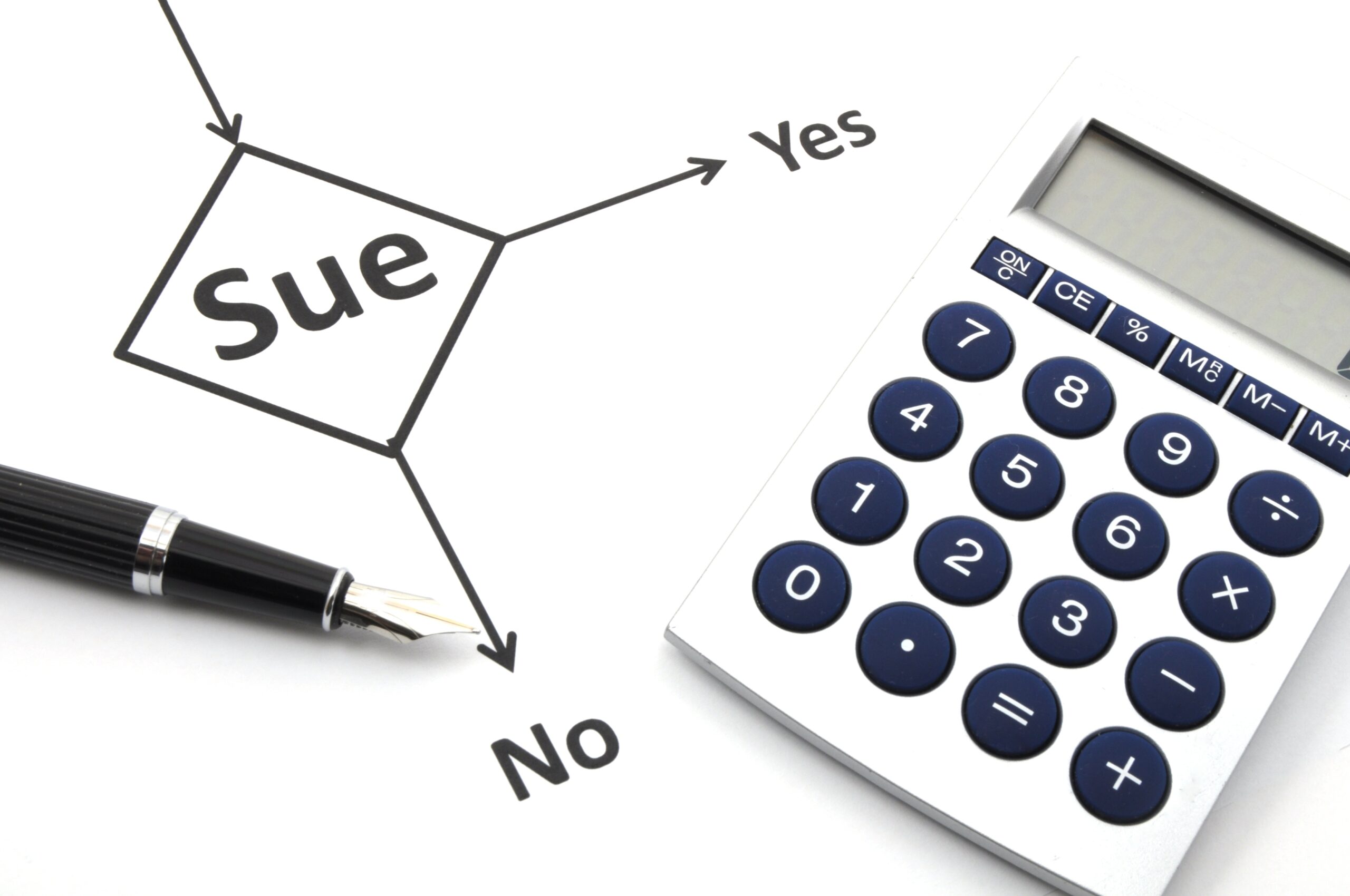
On August 3, 2023, the California Supreme Court unanimously held that a director of a nonprofit public benefit corporation who brings a lawsuit pursuant to Corporations Code sections 5142, 5233, and 5223 does not lose standing to continue litigating the suit if the director subsequently loses that position. Turner v. Victoria.
Section 5142 provides a list of those persons or entities that may bring an action to enjoin, correct, obtain damages for or to otherwise remedy a breach of a charitable trust.
Section 5233 deals with self-dealing transactions.
Section 5223 provides for a director’s authorization to sue for the removal of another director in case of fraudulent or dishonest acts or gross abuse of authority or discretion with reference to the corporation or breach of any fiduciary duty.
Each of these referenced sections in the Code grants a director standing to bring a lawsuit. The opinion explained: “None expressly requires continued service as a director as a condition for pursuing the lawsuit, and there is no indication that the Legislature intended to impose such a condition.”
Two years earlier, the Court of Appeal held a contrary position and found a requirement of continued service for standing. The Supreme Court rejected this decision partly based on the following rationale:
[T]he position adopted by the Court of Appeal would permit gamesmanship by directors accused of wrongdoing. Directors who are sued would be able to terminate the litigation by removing the plaintiffs from office, refusing to reelect the individuals, or otherwise making it more difficult for the plaintiffs to retain their positions. Because potential plaintiffs would likely be discouraged from filing complaints, this framework would shift to the Attorney General the burden of initiating lawsuits aimed at ensuring that nonprofit public benefit corporations serve their charitable purpose. But, as we have long recognized, “the need for adequate enforcement” of the law governing charities cannot be “wholly fulfilled” by having the Attorney General act as the exclusive entity empowered to institute litigation.
Regarding the need for standing in charitable trust matters, the opinion also noted:
In Holt, a case decided before the enactment of the director enforcement statutes, we confronted the question of whether “minority trustees of a charitable corporation[] can sue the majority trustees to enjoin their allegedly wrongful diversion of corporate assets.” (Id. at p. 752.) The Attorney General there had not granted relator status to the plaintiffs or otherwise consented to their bringing the action, and he had also decided not to bring his own enforcement action. (Id. at p. 752.) Before us, the defendants asserted that only the Attorney General can bring such a suit. (Id. at p. 753.) We rejected the argument, reasoning that exclusive standing by the Attorney General cannot “wholly” solve the problem of “providing adequate supervision and enforcement of charitable trusts.” (Id. at pp. 754, fn. omitted, & 755.) “The Attorney General,” we said, “may not be in a position to become aware of wrongful conduct or to be sufficiently familiar with the situation to appreciate its impact, and the various responsibilities of his office may also tend to make it burdensome for him to institute legal actions except in situations of serious public detriment.” (Id. at p. 755.) Although we recognized that charities should be protected “from harassing litigation,” this consideration did not dissuade us from allowing trustees to sue because they “ ‘are both few in number and charged with the duty of managing the charity’s affairs.’ ” (Ibid.) Furthermore, we emphasized the informational advantages held by insiders like a trustee. A trustee, we declared, is “ ‘in the best position to learn about breaches of trust and to bring the relevant facts to a court’s attention.’ ” (Id. at p. 756.) Balancing the various policy considerations, we held that trustees of a charitable corporation have standing to sue their fellow trustees. (Id. at p. 757.) … [T]he Legislature intended for directors of charitable organizations to sue to enforce the law governing such organizations. We best “ ‘ “promot[e]” ’ ” that intent by not reading the director enforcement statutes as operating to strip director-plaintiffs of their standing as soon as they lose their position at the charity.
It was interesting to read in the opinion that consensus with the Supreme Court’s holding can be found in both the Model Nonprofit Corporation Act and the Restatement of the Law, Charitable Nonprofit Organizations. I truly value my nonprofit and exempt organization law colleagues who tirelessly worked on these invaluable resources.
Also of particular note was the opinion’s discussion of relators, parties who have standing to sue in the name of the people or the attorney general when the power to sue otherwise resides wholly in the attorney general. The Court of Appeal had reasoned that the relator process “addresses any shortcomings of a continuous directorship requirement.” However, the Supreme Court disagreed, noting (1) the Attorney General’s resource constraints in actively monitoring the relator process as it would be required to do under the relevant statutes and (2) the potentially unrecoverable litigation costs that would deter many persons from taking on the role of a relator (which generally makes it possible for only the economically privileged to take on such role).
The California Supreme Court’s decision was a win for California’s nonprofit sector and may influence how other jurisdictions interpret the director standing issue. Member standing … that’s a different question for another day.